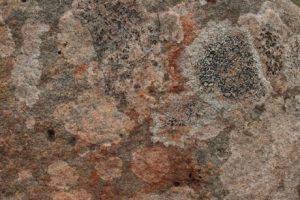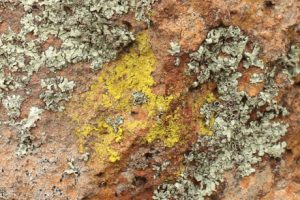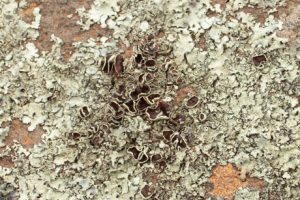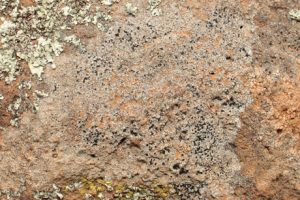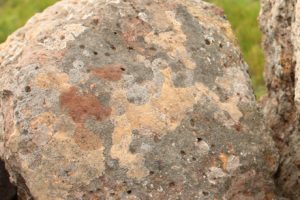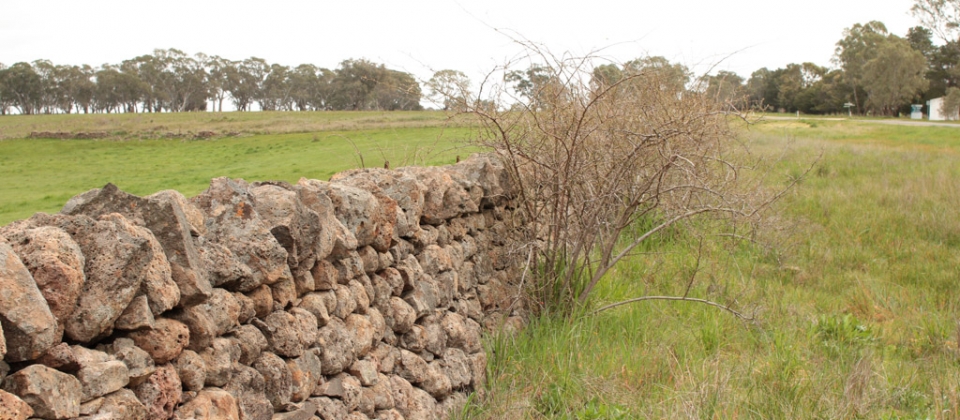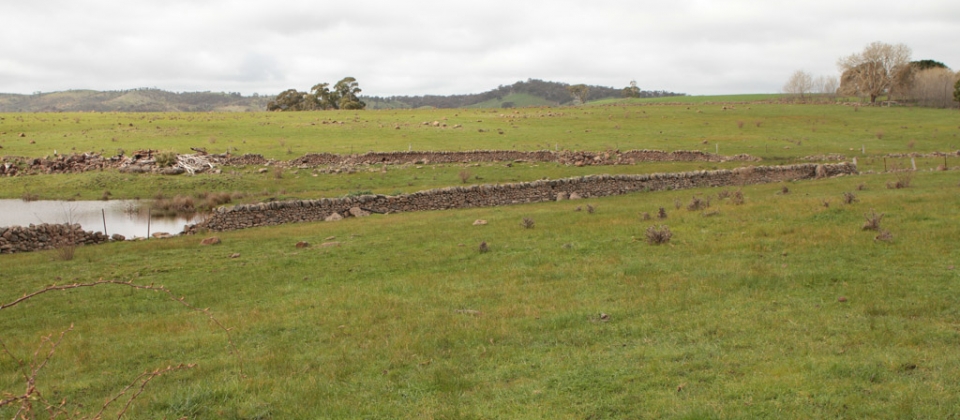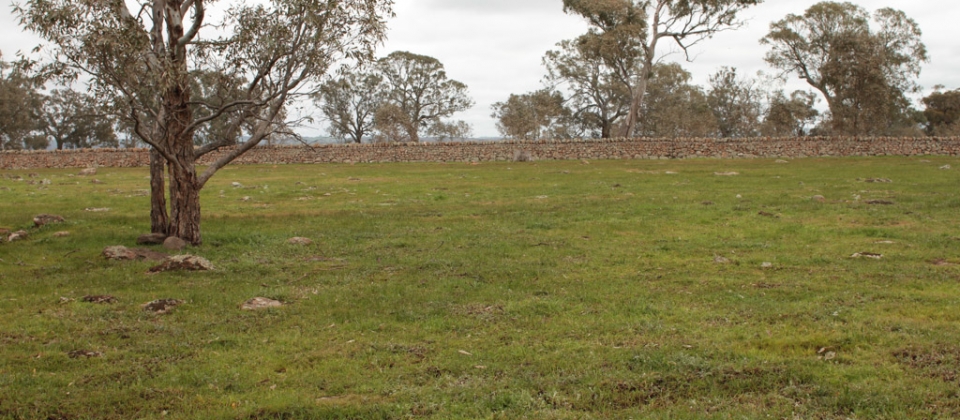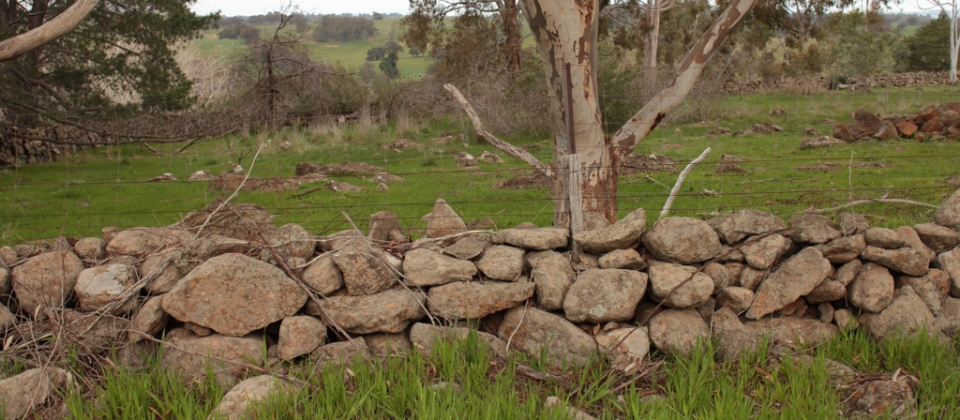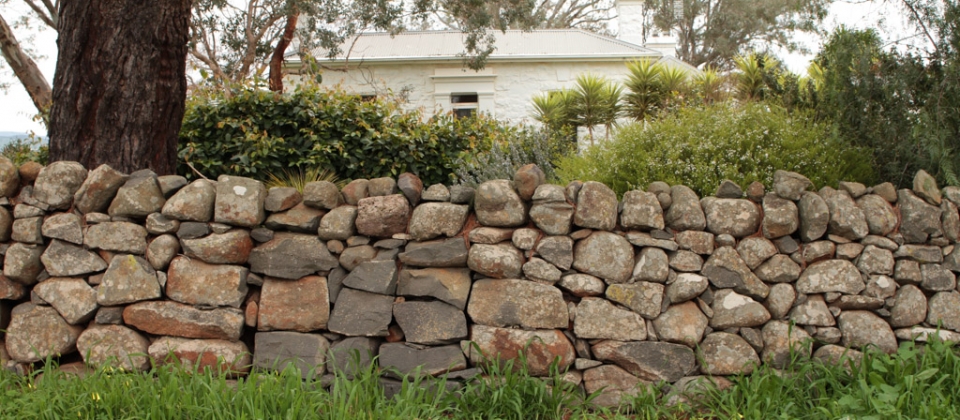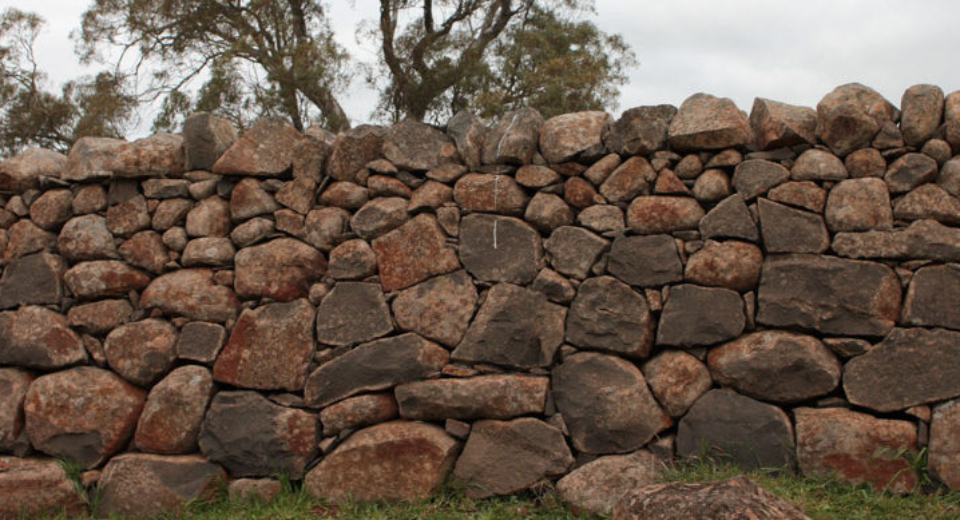This all-day field trip was to a part of Victoria not previously visited by DSWAA. The region around the Campaspe Valley and Redesdale, an hour and a half north-west of Melbourne, is surprisingly rich in its geologic and social history and this has led to a wealth of fine dry stone walls, yards and sheepfolds.
The tour was hosted by Committee member Geoff Thomas and attended by more than forty members and non-members. Luke McGrath, son of Henry McGrath – a highly regarded waller in the district – talked about his father’s work.
The tour included visits to walls well away from the public gaze; excellent examples of nineteenth century craftsmanship and rudimentary walling skills of various styles, mostly in very good to excellent condition. We were generously welcomed onto properties by their owners and this access is one great advantage of field trips and such a privilege for us.
Burke & Wills Track (opposite winery)
This is a very good example of standard dry stone wall construction (ie. two faces of stone with carefully placed rubble infill or hearing). An interesting feature of this wall is the ‘coursing’ which becomes more evident when looking along the wall. Like many walls, egos one could benefit from some minor maintenance. Missing face stone and plugging can lead to early deterioration of a dry stone wall.
Rowanston On The Track winery
Walls here are standard dry stone construction but many sections have been damaged and in some cases repaired some time ago with poor walling techniques. A severely deteriorated section of wall has the remnants of a double lunky. A lunky is an opening through a dry stone wall that allows a rivulet or small stream to pass through. Lintels support the wall construction above the opening.
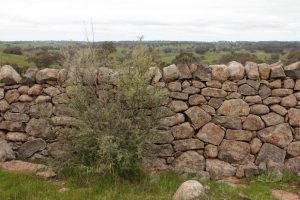
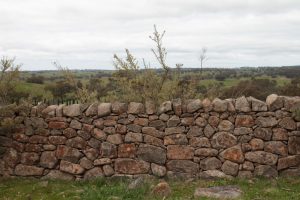
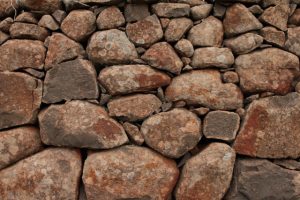
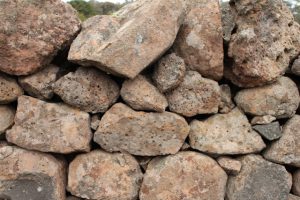
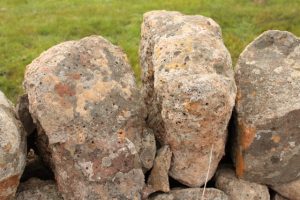
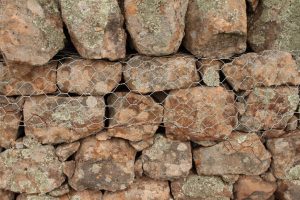
Basalts are dark-grey to black when they are fresh. Granites are normally very pale grey, as are granodiorites (although they can have a range of colours from pinks to greys to blue-ish colours right up to reds and even some greens in places!). Most of the pink to red to brown colours you see in these rocks are a result of erosion – “weathering”. The colour comes from the fact that all these rocks contain some minerals that have iron in them (basalt contains a lot of these minerals, granite hardly any). When those minerals weather they produce iron-rich minerals such as limonite and hematite. These are orange-red in colour and spread out and ‘stain’ the surrounding rocks. The effect can be quite pervasive, resulting in the colouration of entire rock pieces. In the case of basalt, the entire rock has had some degree of weathering, and so it is now a dark brown-red colour, having lost nearly all of its original fresh black. In the case of the local granite, the original rock is nearly white, however, the little bit of iron staining that has occurred has given these rocks their slightly pink hue. Indeed, a little bit of iron staining is exactly what gives some of these rocks their spectrum of colour, resulting in the beautiful pinks and creams that you see today.
Lichen
